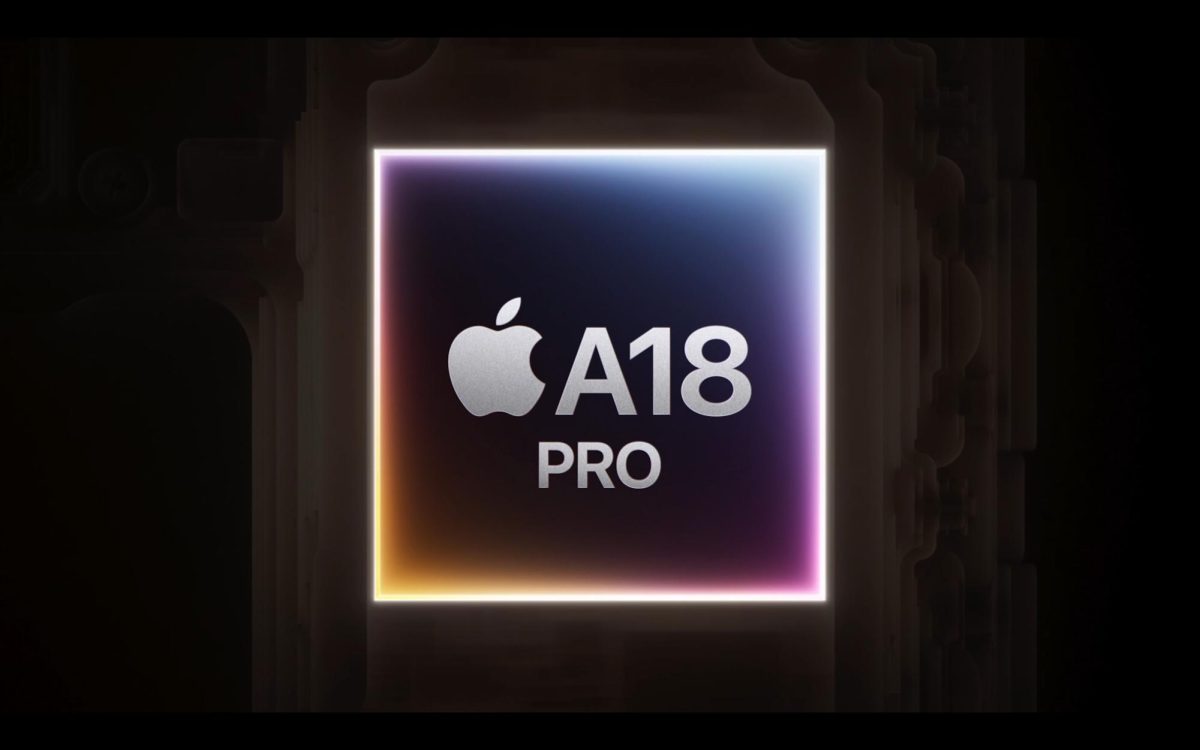Every fall, Apple holds an annual event to showcase its new products. On September 9, Apple held its “Glowtime” event, where the new iPhone 16 line was shown. Other products revealed were the Apple Watch Series 10, the Apple Watch Ultra 2, and a new line of Airpods. All products will be available starting September 20.
iPhone 16 and 16 Pro
The new iPhone 16 line has received multiple upgrades, with the Pro variant being front and center. The 16 Pro has a 6.3-inch display, while the 16 Pro Max has a 6.9-inch display. Both sizes are achieved with thinner bezels. They come in white, black, natural titanium, and the new desert titanium colorway. According to Apple, the 16 Pro starts at $999, while the Pro Max starts at $1199.
The iPhone 16 Pro is powered by Apple’s new A18 Pro chip, which is 15% faster than last year’s chip. It now features a 6-core GPU, which provides the phone with a substantial increase in gaming performance. The chip also has a new 16-core neural engine, which is designed to be fast and efficient while handling the new Apple Intelligence. The chip is also supposed to provide 27 hours of battery life on the Pro and 33 hours on the Pro Max.
This year’s phones also get significant camera upgrades. The new Camera Control, a sensor on the side of the phone, allows you to change camera settings by sliding your finger over the sensor. Many of the actions that previously required tapping the screen can now be adjusted with Camera Control. In addition, the 16 Pro allows users to capture video in 4K 120 FPS Dolby Vision, the highest-quality video on any smartphone. In addition, the phone gets a new 48-megapixel ultrawide camera, allowing users to take high quality photos even at a distance. There is also a new audio mix feature, which allows users to adjust the volume so that voices can be heard in video.
The regular iPhone 16 retains the familiar 6.1-inch display, while the 16 Plus features a 6.7-inch display. They come in ultramarine, teal, pink, white, and black colorways. The base 16 line now has the action button that was featured on last year’s 15 Pro models too. The 16 starts at $799, and the 16 Plus starts at $899.
The 16 features the new A18 chip, which has a 30% faster CPU and 40% faster GPU than the iPhone 15. It also has a 16-core neural engine. The battery life is impressive, with 22 hours for the iPhone 16 and 27 hours for the 16 Plus.. The camera is slightly adjusted, with the aforementioned Camera Control also featured on the device. The iPhone 16 gets the additional 48-megapixel ultrawide camera for greater detail on photos. In addition, the camera layout has been altered to be vertical, which, according to Macrumors, is to support spatial capture. This lets the phone take 3D videos that can be viewed on the Apple Vision Pro.
Both phones are designed for Apple’s artificial intelligence model, which has intelligently been named Apple Intelligence. The feature comes alongside iOS 18. The AI model lets users summarize documents and generate images. Most importantly, the AI enhances Siri’s understanding of what users say to it, enabling it to provide better responses.
Airpods
Apple also unveiled the new Airpods 4 lineup of earbuds at the event. The Airpods 4 come in two variants, one with noise canceling and one without. The variant without noise canceling costs $129, while the one with noise canceling costs $179.
The Airpods 4’s biggest selling point is its noise canceling feature, a first for Apple’s open-ear earbuds. The noise canceling has three modes: transparency, conversation awareness, and adaptive audio. Transparency allows users to still hear noises around them, even if they are listening to music. Adaptive audio blends the transparency and noise canceling seamlessly depending on the noise level. Conversation awareness is a feature that allows the earbuds to detect whether the user is having a conversation, at which point the volume of the audio will automatically be decreased. Airpods 4 also have a slightly altered design to fit better in users’ ears, allowing for greater stability. The earbuds have a battery life of 5 hours without noise canceling and 4 hours with it.
Along with Airpods 4, there were updates announced for the Airpods Pro 2. During the fall, the Airpods Pro 2 will have the ability to let users take hearing tests. The earbuds will also be able to serve as a hearing aid, powered by the H2 chip inside them.
Apple’s over-ear Airpods Max headset received extremely minor upgrades. Instead of charging with lightning, the updated headset will charge via USB-C. It will also be available in 5 new colors—blue, purple, midnight, starlight, and orange. Unfortunately, other than that, the Airpods Max are basically identical to the last iteration.
Apple Watch
The Apple Watch Series 10 is the new iteration of the Apple Watch, with a wide-angle OLED display that is touted as the biggest display for an Apple Watch yet. It is available in aluminum—silver, rose gold, and jet black—and titanium—natural, gold and slate—in either 42mm or 46mm sizes. The Series 10 starts at $399.
Along with the wide-angle OLED display, the Series 10 is also the thinnest Apple Watch ever, with every aspect of the watch being altered to compensate for the thinner body. The titanium in the titanium variants of the watch is aerospace-grade, and the titanium Series 10 weighs 20% less than the Series 9’s titanium variant. The Series 10 also has improved sensors to help with health insights. The watch has also been improved for water workout tracking, with a depth sensor and water temperature sensor. New apps such as the Vitals app, Tides app, and Oceanic+ app seek to improve the user experience on the watch.
The Apple Watch Ultra 2 was also announced, featuring natural and black titanium colorways and a 49mm screen. The Ultra 2 starts at $799. The Apple Watch Ultra 2 is EN13319 certified, which is the international durability standard for diving accessories. The watch has a customizable Action button for control, and it also has an incredible 36-hour battery life. Because of the super accurate sensors inside the watch, Watch Ultra 2 is able to detect when a user is on a track and track their pace. While swimming, the watch will be able to automatically detect the stroke and speed of the user. The watch has a myriad of other apps to help users track their fitness as well.
Going Forward
As with all Apple events, this one seeks to push Apple’s product lineups ever so slightly further, with marginal improvements in each piece of technology. It is almost certain, however, that these products will keep Apple’s users satisfied for the time being.














































































































































